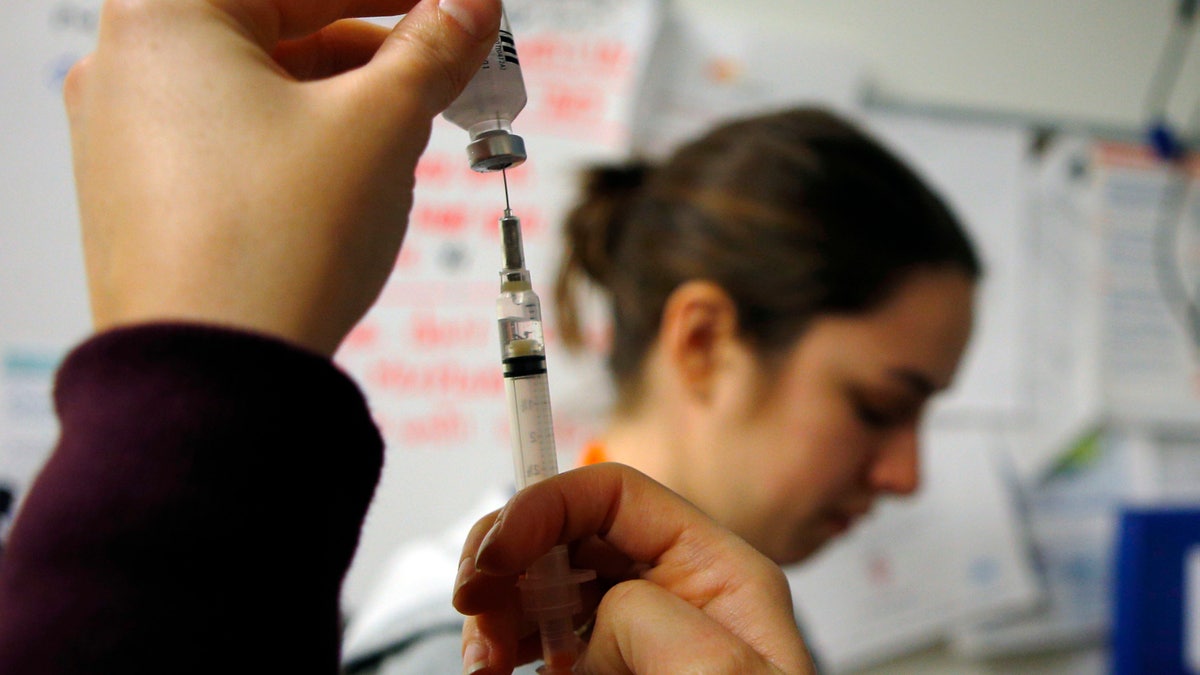
Nurses prepare influenza vaccine injections during a flu shot clinic at Dorchester House, a health care clinic, in Boston, Massachusetts January 12, 2013. (REUTERS/Brian Snyder)
Infectious-disease outbreaks not only have the potential to destabilize societies, they pose a threat to international economies, as well.
What should public-health officials and businesses be doing to prepare?
Physicians Thomas Frieden, the head of the Centers for Disease Control and Prevention, and Susan Desmond-Hellmann, chief executive of the Bill and Melinda Gates Foundation, sat down with Wall Street Journal Assistant Managing Editor Laura Landro to discuss this issue. Edited excerpts follow.
MS. LANDRO: I don’t know how many of you have seen the movie “Contagion.” How close are we to a scenario like that? Something that can’t be contained?
DR. FRIEDEN: Every year on average we identify one new pathogen. And every day on average, we at CDC start a new investigation that could detect a new pathogen.
But frankly, pandemic influenza is what worries us most.
Bill Gates has said there are really only two things that could kill 10 million people around the world. Nuclear war and a biological event, either intentional or natural. It has happened before—in 1918 and 1919, 50 million to 100 million people were killed. Even the 1957 influenza pandemic, which most people haven’t heard of, cost 3% of the world’s gross domestic product. Even SARS, a relatively small outbreak, cost about $30 billion. We don’t know when the next one will come, where it will come from or what it will be. But we’re certain there will be a next one.
MS. LANDRO: How does the Gates Foundation see this in terms of the danger to the world? The idea that business will be disrupted, there will be all sorts of social unrest?
DR. DESMOND-HELLMANN: What we learned from Ebola is that there are a couple things that are underutilized and not ready. One is governance. Who makes the call when things happen? The second thing is having the right tools, which is why global health research-and-development is a big focus of our foundation.
And the last thing is, even though the world is worried about something really super scary like in “Contagion,” we all saw last summer how something like Zika, which wasn’t thought to be a big threat, actually is a particular threat for women who can get pregnant because it causes a catastrophic birth defect.







































